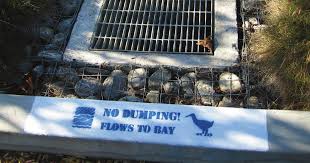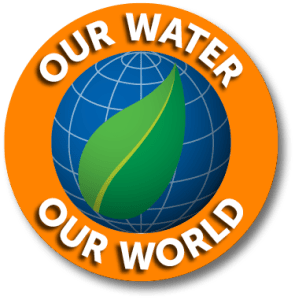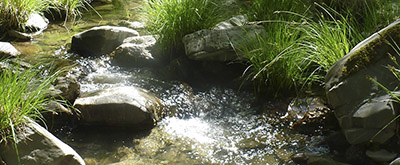
Pesticides
and Water Quality

Pesticides
and Water Quality

Pesticides
and Water Quality
Contents
Commonly used pesticides can be harmful to people and pets. They also pollute our water, air, and soil. While pesticides are used heavily in agriculture, more than half of California pesticide use is in urban and suburban areas—in and around our homes, schools, and businesses.
Threats to Wildlife and Water Quality
Commonly used pesticides have been detected in urban creeks and waterways throughout California and around the country. In our waters they poison birds, fish, and sensitive aquatic wildlife. In some locations, water contaminated with pesticides can migrate from creeks and surface waters into drinking water wells. We all need to do what we can to keep pesticides out of our creeks, streams, rivers, bays, and lakes.
Chlorpyrifos and diazinon, organophosphate pesticides, have been banned for residential use because they are so toxic to humans and the environment. These pesticides were either replaced or reformulated using other chemicals (“active ingredients”), that also cause water quality problems, including:
Pyrethroids
Pyrethroids are long-lived, synthetic pesticides that interfere with the function of an organism’s nervous system. They kill a wide variety of insect pests, including ants, cockroaches, and lawn grubs, but also earthworms and beneficial insects such as ladybugs and lacewings. When pyrethroids end up in our waters, they can kill crustaceans, aquatic insects, and fish.
Products containing pyrethroids have active ingredient names typically ending in “-thrin,” including permethrin, bifenthrin, cyfluthrin, beta-cyfluthrin, cypermethrin, deltamethrin, lambda-cyhalothrin, and tralomethrin. An exception is esfenvalerate.


Pyrethrins — Different from Pyrethroids
Pyrethrins are short-lived pesticides made from pyrethrum chrysanthemum flowers. While they are toxic to birds, fish, and beneficial insects, they break down after a few hours in sunlight. If you use a pesticide or insecticidal soap containing pyrethrin, use it on a dry day when you’re not planning to water for the next few hours. Prevent pyrethrins from running off to a street, gutter, or storm drain.
Fipronil
This is another widely used pesticide for controlling ants, beetles, cockroaches, fleas, ticks, termites, mole crickets, thrips, rootworms, weevils, and other insects. Exposure to fipronil may lead to adverse human health impacts (California Department of Pesticide Regulation, 2023). It is also associated with bee colony collapse dis- order. Fipronil is toxic to aquatic life, and to rabbits and ground-feeding birds such as chickens and turkeys.
Imidacloprid
One of the most wide- ly used pesticide in the world, imidacloprid is a neonicotinoid pesticide also linked to honey bee colony collapse disorder. In 2018, the outdoor use of imida- cloprid and two other neonicotinoids were banned in the European Union, due to the high risk to bees.
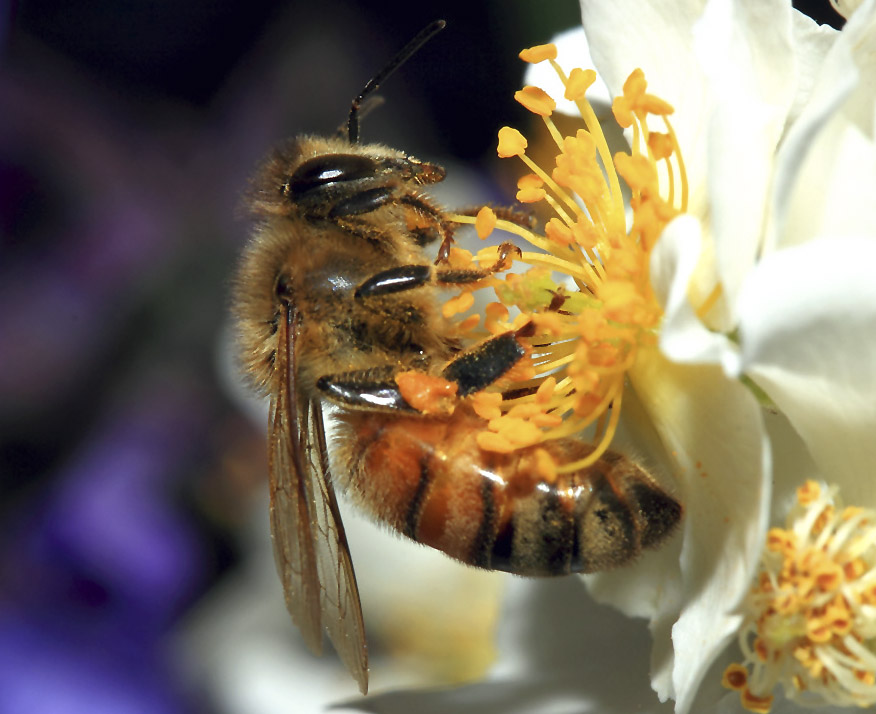
Malathion
Malathion is water-soluble — which means that rain and over-watering can easily cause it to run off lawns and gardens, into storm drains and on to local creeks, bays, and the ocean. Malathion is twice as toxic in salt water as in fresh water. It is also toxic to honey bees and other pollinators.
Disposing of Extra Pesticides
In California, it’s illegal to dispose of any amount of unused pesticide (or any hazardous waste) in the trash. Take unused pesticides to a local household hazardous waste collection facility or event. For a list of county household hazardous waste programs, visit http://www.calrecycle.ca.gov/HomeHazWaste/Directory/.
Never dispose of pesticide rinse water in any indoor or outdoor drain or in the gutter. Water used to rinse out a sprayer or applicator should be handled like the pesticide.
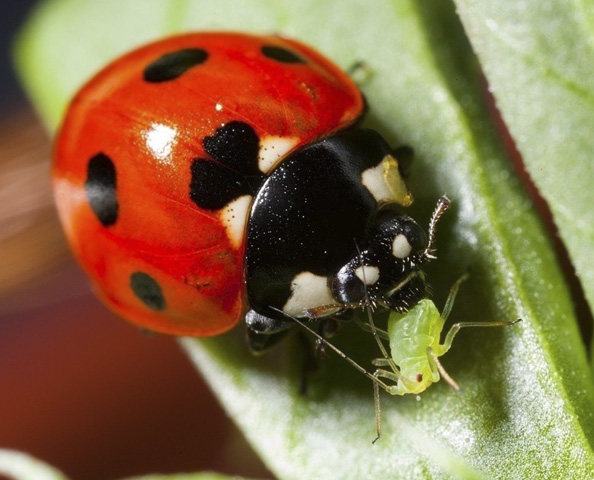
Beneficial insects are often far more sensitive to pesticides than the pests you might be trying to kill. Once pesticides eliminate the beneficial insects, pests multiply without a natural check.
Managing Pests While Protecting People, Pets, and the Environment

- Pesticides don’t really solve pest problems. Physical barriers (window screens and caulking to keep pests out), biological controls (that attract beneficial insects), and cultural controls (keeping a clean house and a healthy garden that attracts beneficial insects) are a better solution than using pesticides. When it’s necessary to use a pesticide, the best products for the environment are less toxic, break down quickly, and kill pests — not beneficial insects.
- Follow the suggestions on pest prevention and less-toxic pest control in the Our Water Our World fact sheet series found on this website and in participating stores.
- Find detailed information on pests and integrated pest management (IPM) approaches at ipm.ucanr.edu.
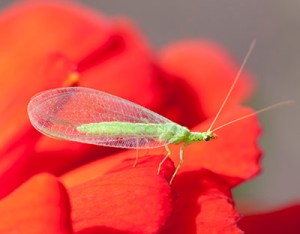 Pesticides don’t really solve pest problems. Physical barriers (window screens and caulking to keep pests out), biological controls (that attract beneficial insects), and cultural controls (keeping a clean house and a healthy garden that attracts beneficial insects) are a better solution than using pesticides. When it’s necessary to use a pesticide, the best products for the environment are less toxic, break down quickly, and kill pests — not beneficial insects.
Pesticides don’t really solve pest problems. Physical barriers (window screens and caulking to keep pests out), biological controls (that attract beneficial insects), and cultural controls (keeping a clean house and a healthy garden that attracts beneficial insects) are a better solution than using pesticides. When it’s necessary to use a pesticide, the best products for the environment are less toxic, break down quickly, and kill pests — not beneficial insects.- Follow the suggestions on pest prevention and less-toxic pest control in the Our Water Our World fact sheet series found on this website and in participating stores.
- Find detailed information on pests and integrated pest management (IPM) approaches at ipm.ucanr.edu.
